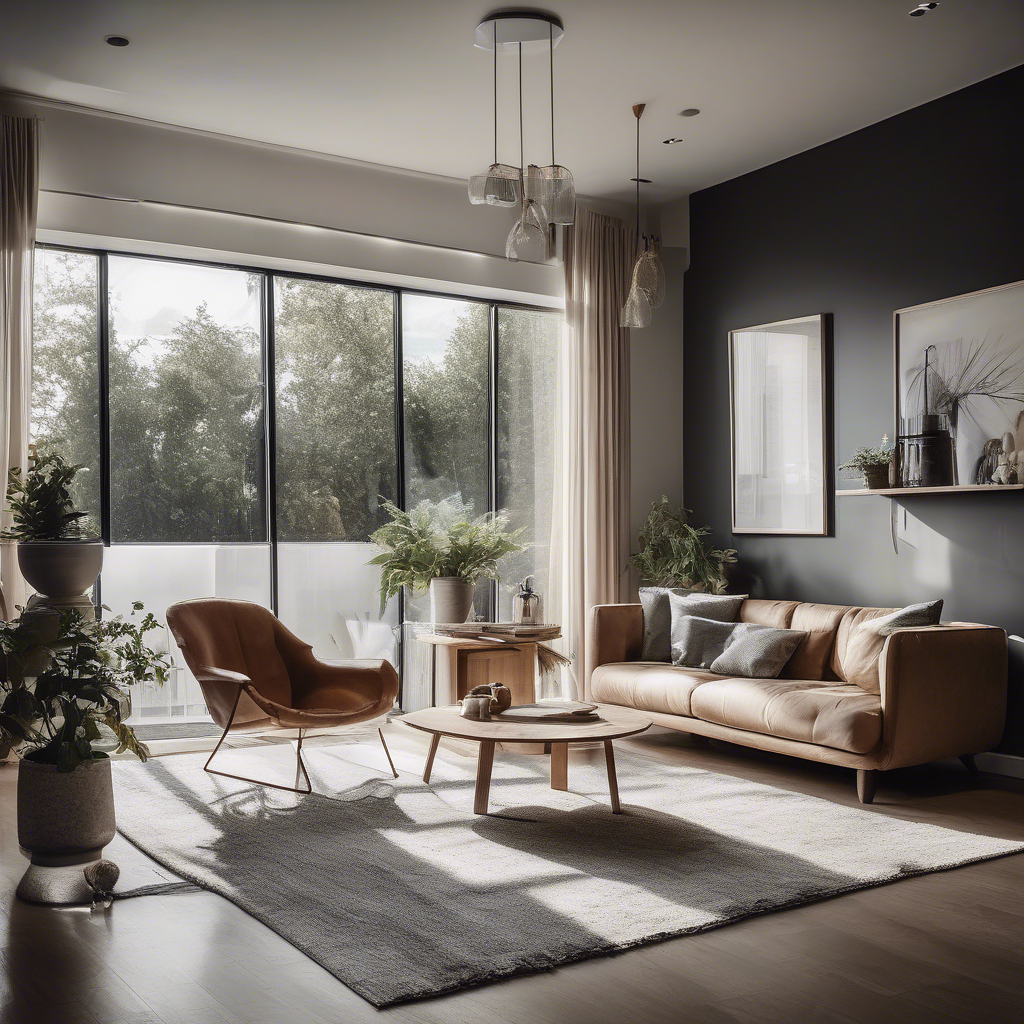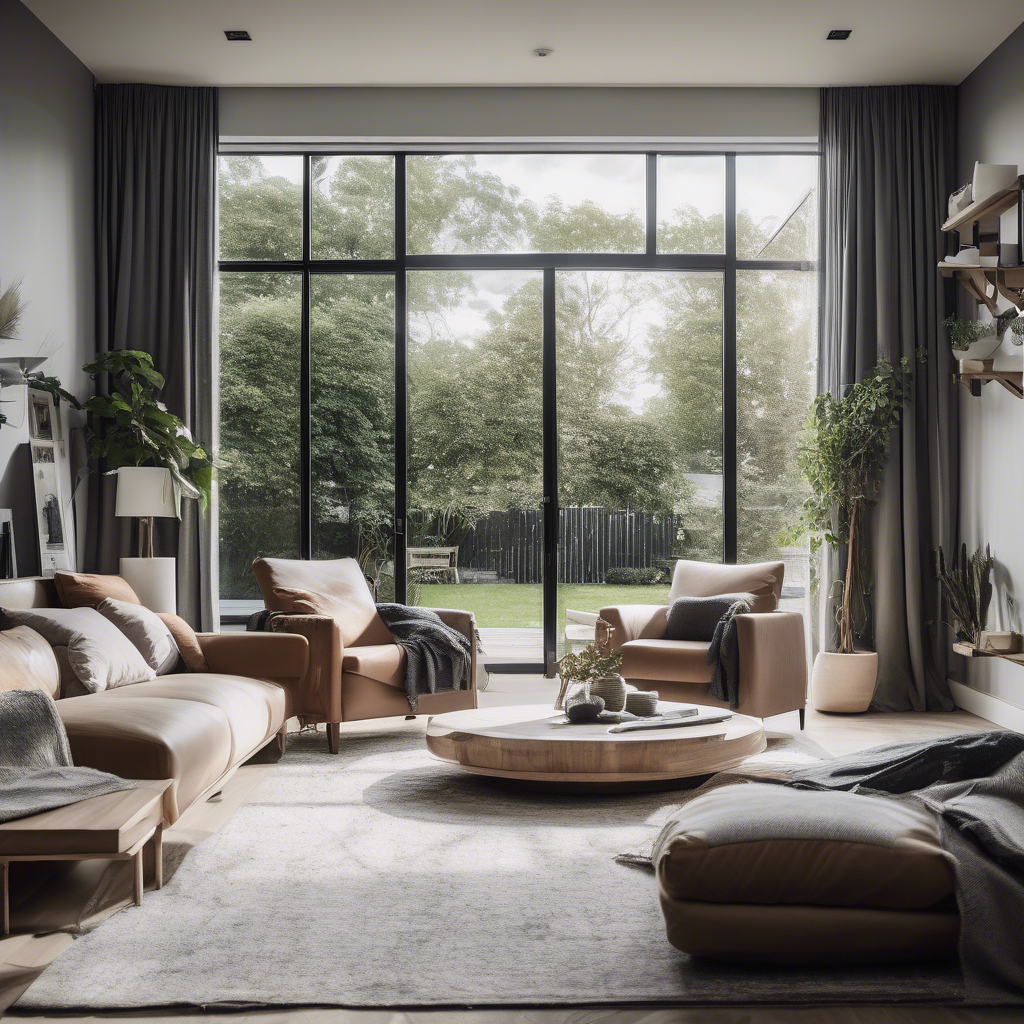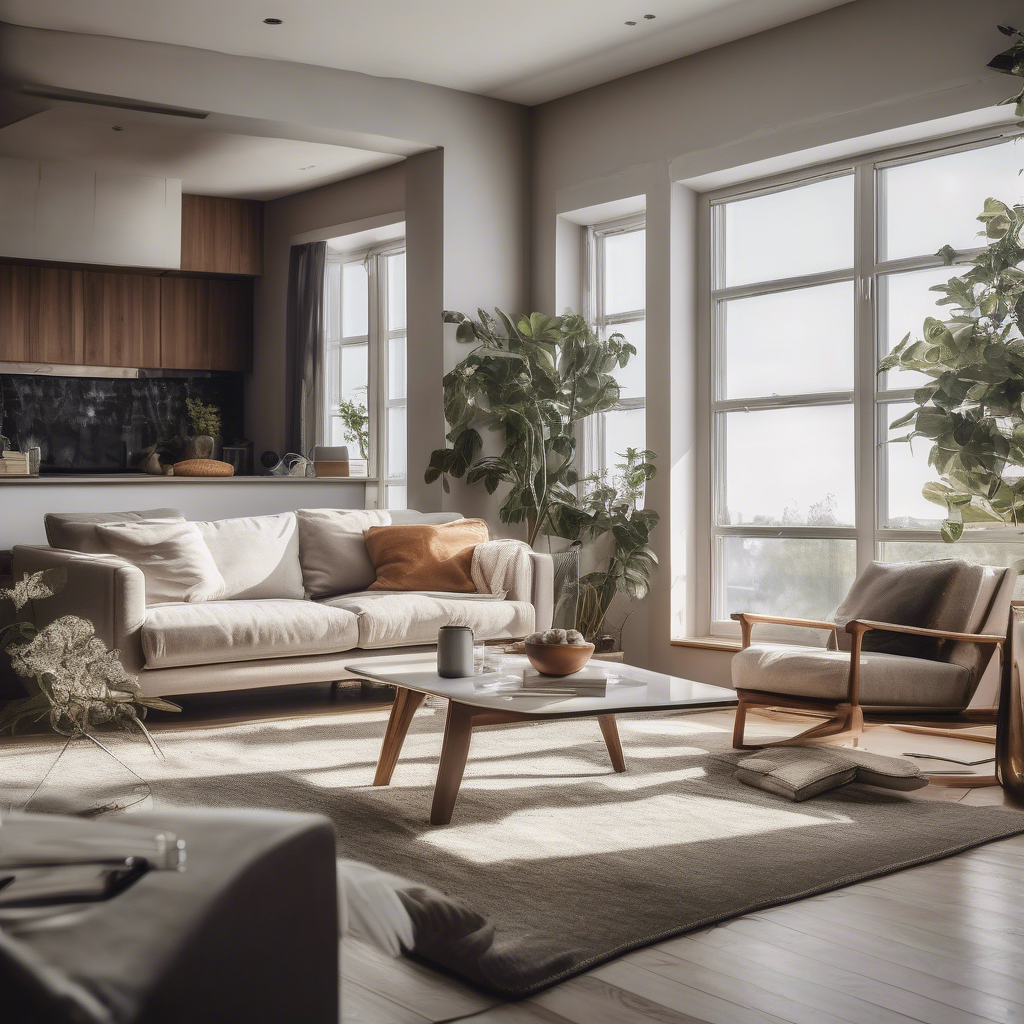Revamping Your Home for Enhanced Well-Being

In today’s fast-paced world, our homes have become more than just a place to rest our heads; they are sanctuaries that should foster comfort and well-being. With the increasing awareness of mental and physical health, revamping your home for enhanced well-being is more relevant than ever. A well-thought-out living space can significantly impact your daily life, affecting your mood, productivity, and overall health.
This article will guide you through the essential aspects of transforming your home into a holistic well-being haven. From simple tips for maintaining houseplants to advanced home improvement tips, you’ll discover ways to enhance home comfort and create a stress-free living space. By the end of this read, you’ll be equipped with actionable insights to turn your home into a sanctuary that supports a healthy home environment.
Understanding Wellness Home Design
Wellness home design is about creating spaces that promote health and well-being. It is a holistic approach that considers the physical, mental, and emotional aspects of living environments. Key elements of wellness home design include natural light, air quality, and the use of non-toxic materials. Studies show that exposure to natural light improves mood and energy levels, while good air quality can reduce the risk of respiratory issues.
For example, replacing heavy drapes with sheer curtains can allow more natural light to enter your home, creating a brighter and more inviting atmosphere. Similarly, incorporating air-purifying plants like snake plants or peace lilies can improve indoor air quality, contributing to a healthier home environment.
Incorporating Natural Elements
Integrating natural elements into your home is a fundamental aspect of wellness home design. This can be achieved through the use of natural materials such as wood and stone, which bring a sense of the outdoors inside. Additionally, incorporating water features like small indoor fountains can have a calming effect, promoting relaxation and stress-free living spaces.
Creating a Stress-Free Living Space
A stress-free living space is essential for maintaining mental well-being. One effective way to achieve this is through decluttering. A cluttered environment can lead to feelings of anxiety and overwhelm, while a tidy space can enhance home comfort and promote peace of mind. Start by organizing areas where clutter tends to accumulate, such as entryways and kitchen counters.
Another strategy is to create dedicated relaxation zones in your home. This could be a cozy reading nook with comfortable seating or a meditation corner with soft lighting and calming decor. These spaces provide a retreat where you can unwind and recharge after a long day.
The Role of Color Psychology
Colors can significantly impact your mood and emotions. Understanding color psychology can help you choose hues that promote well-being. For instance, cool colors like blues and greens are considered calming and can help reduce stress. On the other hand, warm colors like reds and oranges can energize and stimulate creativity. By carefully selecting color schemes for different rooms, you can create an environment that supports your emotional well-being.
Simple Tips for Maintaining Houseplants
Houseplants are more than just decorative elements; they play a vital role in enhancing home comfort and creating a healthy home environment. Plants like aloe vera and spider plants are easy to care for and have air-purifying properties. Regularly maintaining houseplants can improve indoor air quality and add a touch of nature to your living space.
To keep your plants thriving, ensure they receive adequate light and water. Most houseplants require bright, indirect light and should be watered when the top inch of soil feels dry. It’s also important to dust the leaves regularly to enhance their ability to photosynthesize.
Choosing the Right Plants
When selecting houseplants, consider factors such as the amount of light available in your home and your level of commitment to plant care. For beginners, low-maintenance plants like pothos or ZZ plants are ideal. These plants are forgiving and can thrive in various conditions, making them perfect for enhancing home well-being without much effort.
For a visual guide on incorporating these elements into your home, check out our complementary video content that provides practical demonstrations and additional tips on creating a wellness-focused living space.

Frequently Asked Questions
What are the benefits of a wellness home design?
Wellness home design enhances physical and mental well-being by improving air quality, optimizing natural light, and using non-toxic materials. These elements can reduce stress, boost mood, and promote a healthier lifestyle. For example, homes with ample natural light report higher resident satisfaction and productivity levels.
How can I create a stress-free living space?
To create a stress-free living space, start by decluttering and organizing your home. Use calming colors and incorporate relaxation zones. Simple design changes, like adding soft lighting and minimizing noise, can also significantly reduce stress and enhance home comfort.
What are easy houseplants for beginners?
For beginners, easy-care houseplants like pothos, snake plants, and spider plants are ideal. These plants require minimal maintenance, can thrive in various lighting conditions, and contribute to a healthy home environment by purifying the air.
How does color affect home well-being?
Color can influence mood and emotions significantly. Cool colors like blue and green promote calmness, while warm colors like red and orange can boost energy. Choosing the right color scheme for each room can enhance emotional well-being and create a balanced living space.
What are some holistic home revamp tips?
Holistic home revamp tips include integrating natural elements, optimizing natural light, and using eco-friendly materials. Emphasizing sustainability and comfort can lead to a more balanced and healthy home environment. For instance, using energy-efficient lighting can reduce environmental impact and enhance home comfort.
Conclusion
Revamping your home for enhanced well-being is a rewarding journey that involves considering various aspects of your living environment. By understanding wellness home design principles, creating stress-free spaces, and maintaining houseplants, you can significantly improve your quality of life. These changes not only boost your physical health but also support mental and emotional well-being.
As you embark on this transformation, remember that small, consistent changes can lead to significant improvements. Start with simple adjustments like decluttering, introducing houseplants, and choosing calming color schemes. Over time, these efforts will create a harmonious and nurturing home environment.
Ready to start your holistic home revamp? Begin by implementing one or two of the home improvement tips discussed here, and gradually expand your efforts. Your well-being will thank you for it.
Further Reading
- The Benefits of Minimalism in Home Design
- How to Create a Home Meditation Space
- Eco-Friendly Home Renovation Ideas



